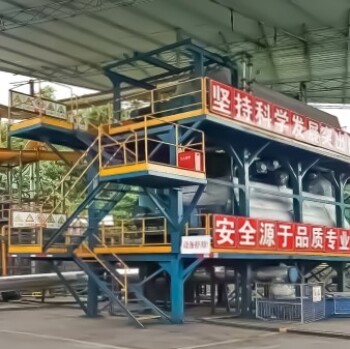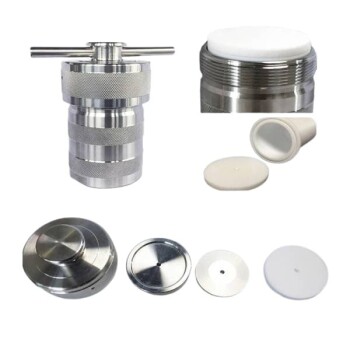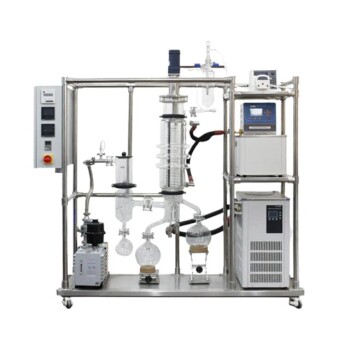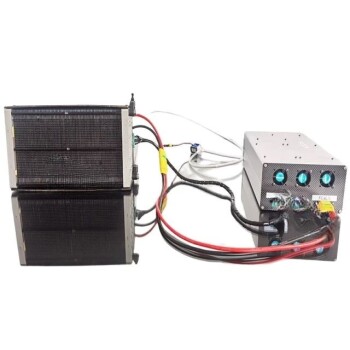Pyrolysis can be economically viable under specific conditions, particularly when utilizing low-cost feedstock and selling products at high prices. The viability of pyrolysis is influenced by factors such as local feed availability, proximity to feed sources, regulatory policies, and the availability of incentives and support.
Economic Viability of Pyrolysis:
-
Local Feed Availability and Costs: Pyrolysis is more economically viable in areas with abundant, low-cost feedstock. This includes regions with a strong forestry industry or those near waste handling sites with mixed agricultural and other wastes. The cost-effectiveness increases when feedstock is readily available within a close radius of the pyrolysis plant, reducing transport and handling costs.
-
Regulatory Environment: Regions with stringent landfill policies, such as the European Union and California, find pyrolysis economically practical due to reduced tipping costs. These policies incentivize the adoption of pyrolysis, even if the process is economically marginal under normal circumstances.
-
Incentives and Support: The availability of local support, incentives, and a favorable regulatory and legal framework can significantly enhance the economic feasibility of pyrolysis projects. For instance, regulations requiring the use of renewable carbons and the availability of carbon credits can tip the economics in favor of pyrolysis.
-
Product Markets: The emergence of markets for products derived from biomass pyrolysis, such as bio-oil, syngas, and biochar, also contributes to the economic viability. These products can be used for heat, power, chemicals, and as alternative fuels, providing multiple revenue streams.
Environmental and Economic Advantages:
-
Utilization of Renewable Resources: Pyrolysis utilizes renewable resources through a carbon-neutral route, contributing to environmental sustainability. It converts low-energy biomass into high-energy density liquid fuels, enhancing both environmental and economic potentials.
-
Waste Material Utilization: Pyrolysis can process waste materials like lumber processing waste, agricultural residues, and even scrapped tires, turning them into valuable products. This not only reduces waste but also provides economic benefits by utilizing these materials as feedstock.
-
Self-Sustaining Energy: Pyrolysis plants can generate local power, especially in areas without grid infrastructure, making them economically beneficial while also addressing energy needs.
-
Chemical Production: The potential to produce chemicals from bio-based resources adds to both environmental and economic benefits, diversifying the output and marketability of pyrolysis products.
Conclusion: While pyrolysis faces competition from low-priced fossil fuels, its economic viability is supported by specific advantages and conditions. The technology's ability to utilize local, low-cost feedstock and produce valuable products in environmentally friendly ways makes it a promising option for rural development and waste management. The economic viability of pyrolysis is further enhanced by supportive policies, incentives, and the development of markets for its products.
Discover how KINTEK SOLUTION can help you unlock the economic potential of pyrolysis with our advanced feedstock conversion technologies! With our solutions, you can harness local resources, reduce waste, and benefit from multiple revenue streams. Join the sustainable energy revolution and elevate your pyrolysis operations with KINTEK SOLUTION – where innovation meets environmental responsibility. Contact us today to explore how our cutting-edge solutions can make your pyrolysis project economically viable and environmentally sustainable.











